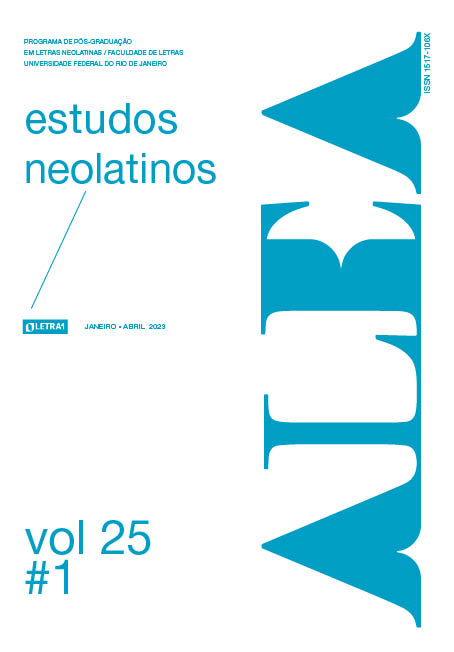Basilisk – the History of the Legend
Abstract
The article traces the development of the legendary features of one of the most menacing creatures of Graeco-Roman antiquity, i.e., the basilisk. The authors refer to the earliest description (Nicander of Colophon), where the basilisk’s extraordinary features are “limited” (it cannot yet kill with its sight, breath or hiss). Later depictions, however, do endow the creature with these abilities. The authors aim to demonstrate that various corruptions of the source texts have occurred in the transmission of the content. Later the creature’s characteristics were exaggerated and dramatized. The pre-existing topoi depicting other dangerous creatures and their venomousness – after their import and adaptation – have further embellished the basilisk’s description. Some mutually exclusive qualities have even been combined. Due to textual errors some features (ill-fitting to the convention of this creature’s characterisation) have appeared, i.e., the power to crack rocks. The authors try to establish how such mistakes might have happened.
Veröffentlicht
Ausgabe
Rubrik
Lizenz
O/A/S AUTOR/A/S confirma/m sua participação em todas as etapas de elaboração do trabalho: 1) Concepção, projeto, pesquisa bibliográfica, análise e interpretação dos dados; 2) Redação e revisão do manuscrito; 3) Aprovação da versão final do manuscrito para publicação; 4) Responsabilidade por todos os aspectos do trabalho e garantia pela exatidão e integridade de qualquer parte da obra. O envio dos trabalhos implica a cessão imediata e sem ônus, por parte de todos os autores, dos direitos de publicação para a revista Alea, a qual é filiada ao sistema CreativeCommons, atribuição CC-BY (https://creativecommons.org/licenses/by/4.0/). Os autores são integralmente responsáveis pelo conteúdo do artigo e continuam a deter todos os direitos autorais para publicações posteriores do mesmo, devendo, se possível, fazer constar a referência à primeira publicação na revista. Alea não se compromete a devolver as contribuições recebidas. Autores de artigos, resenhas ou traduções receberão um exemplar da revista.

